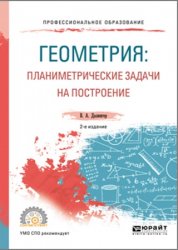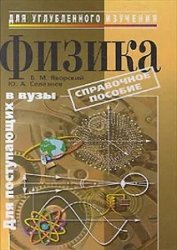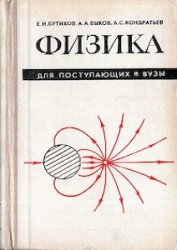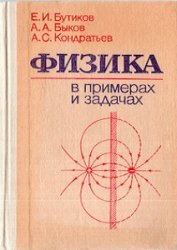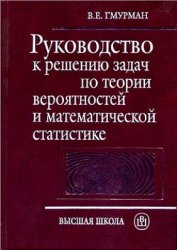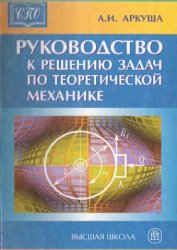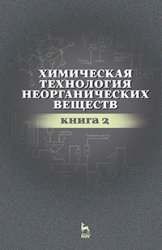- Добавил: polyanskiy
- Дата: 11-08-2023, 17:38
- Комментариев: 0
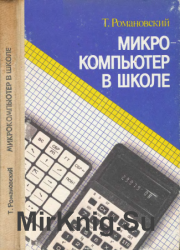
Автор: Т.Б. Романовский
Название: Микрокомпьютер в школе. Пособие для учащихся
Издательство: Киев Радянська школа
Год: 1986
Страниц: 240
Формат: DJVU, PDF
Размер: 14 МБ
Устройство микрокалькулятора и клавишные операции. Занятия с микрокалькулятором. Вычислительный практикум. Алгоритмы. Программируемый микрокалькулятор. Видеокомпьютер и язык программирования бэйсик. Приложение

